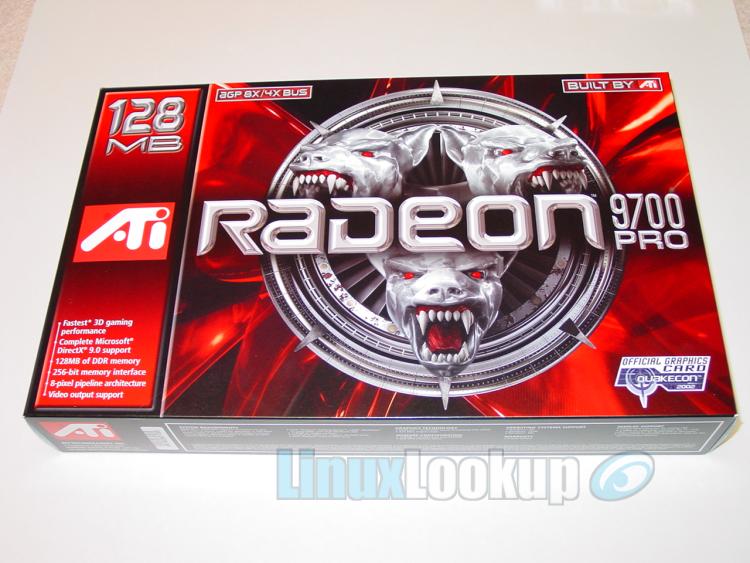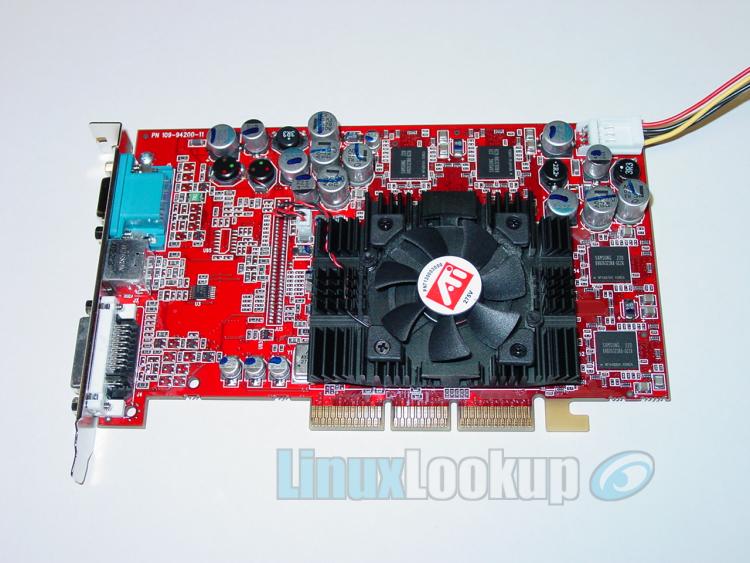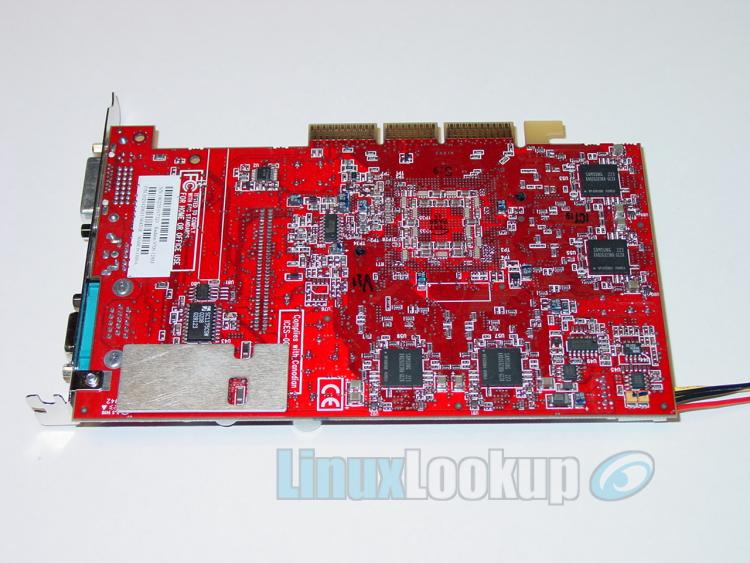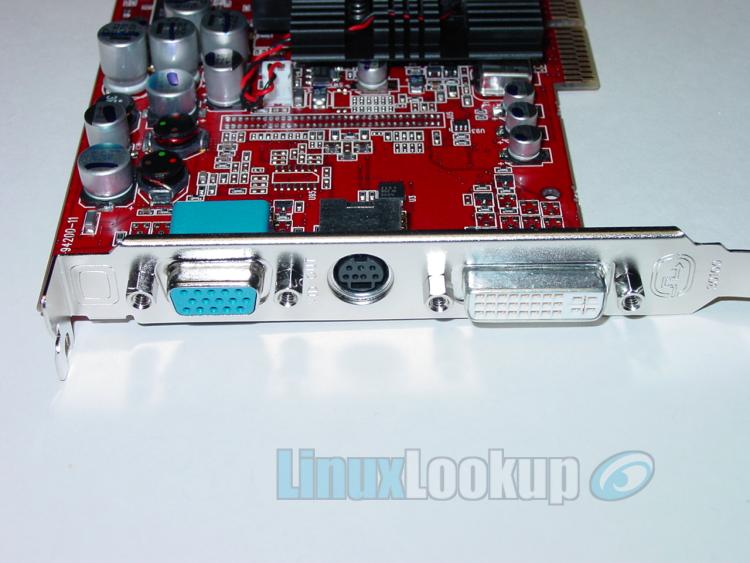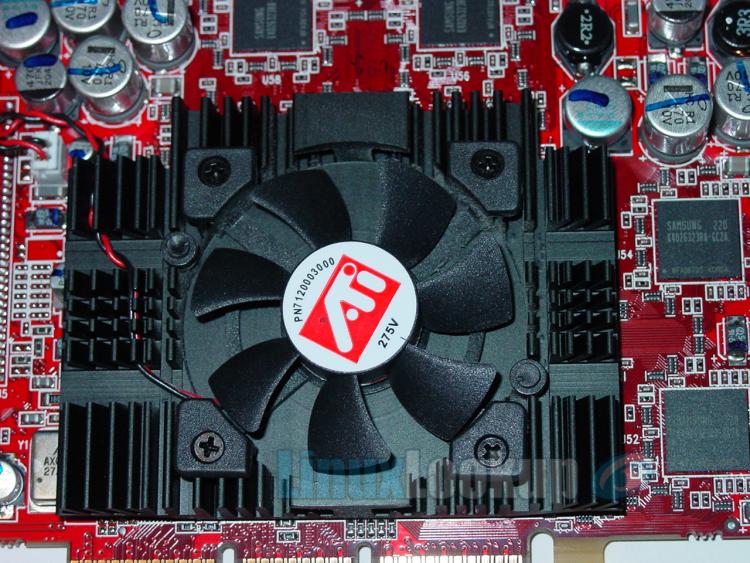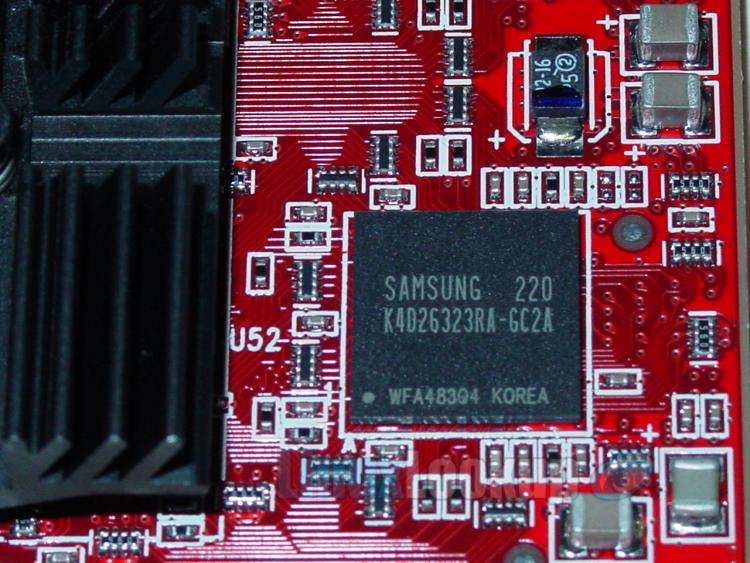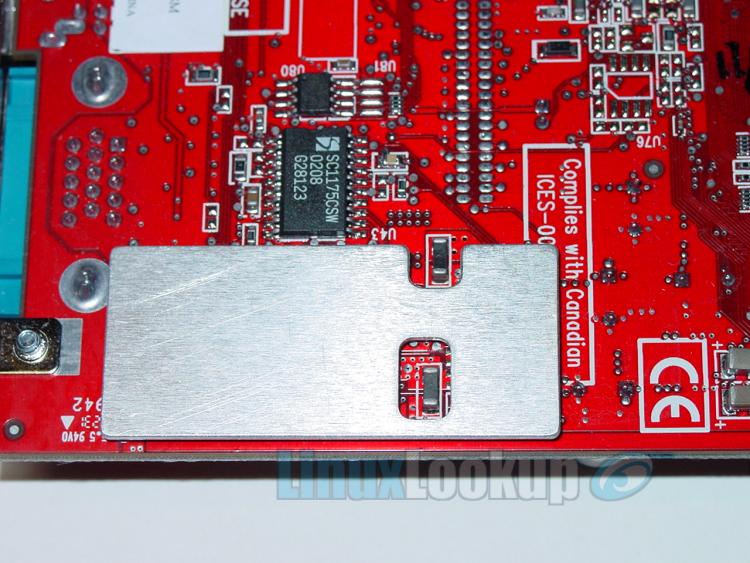ATI Radeon 9700 Pro Review
ATI's latest evolution, the Radeon 9700 Pro has taken quite a few people by surprise as well as introducing a new standard of performance that will win you over faster than a kid in a candy store.
The past couple of years, ATI has been jousting nVIDIA for king of the courtyard and may finally get the crown they rightfully deserve. Regardless of historical precedent, ATI has always been a noble adversary in the desktop graphics market.
I'll spare you the whole ATI vs. nVIDIA GPU domination issue, since we can only wait and see how well the R300 GPU in the form of ATI's Radeon 9700 Pro chipset will do.
The low down
What's the "R300" you ask? Well, the Radeon 9700 Pro uses ATI's code-named R300 Graphics Processing Unit (GPU). It is their capital product that houses remarkably advanced technology including x8 AGP and DirectX 9 support (For you Windows users).
ATI has improved their GPU considerably to offer as much memory bandwidth as possible. They have focused on efficiency by introducing Z occlusion culling technologies like HyperZ, which get rid of elements that will never be seen by the user before sending them through the texturing pipelines. They have also worked with memory vendors to bring extremely high speed DDR SDRAM into play also improved their memory controller and cache designs to maximize the throughput of their GPUs. While memory bandwidth has been getting more plentiful, GPUs have been becoming more powerful. The next generation of GPUs will offer much more programming and flexibility, allowing developers to truly utilize their potential. So clear the table its time to eat, this is only as taste of what's to come from ATI in the future.
Just like nVIDIA, ATI sells chipsets to other vendors to manufacture their own cards, but they also make retail cards themselves like the one we're reviewing. Listed below you'll find the retail box contents and a technical overview of the Radeon 9700 Pro.
Specifications
System Requirements
- ATI recommends a 300 watt power supply or greater.
- Intel® Pentium® 4/III/II/Celeron™, AMD® K6/Duron™/Athlon®/Athlon XP® or compatible with AGP 2X (3.3v), 4X (1.5V), 8X (0.8v) or Universal AGP 3.0 bus configuration (2X/4X/8X)
- 128MB of system memory
- Installation software requires CD-ROM drive - DVD playback requires DVD drive
Graphics Technology
- RADEON™ 9700 PRO Visual Processing Unit (VPU)
Memory Configuration
- 128MB of double data rate SDRAM
Display Support
- VGA connector for analog CRT
- S-video or composite connector for TV / VCR
- DVI-I connector for digital CRT or flat panel
Feature
- Eight parallel rendering pipelines - Four parallel geometry engines - 256-bit DDR memory interface - AGP 8X support - SMARTSHADER™ 2.0 - Programmable pixel and vertex shaders - 16 textures per pass - Pixel shaders up to 160 instructions with 128-bit floating point precision - Vertex shaders up to 1024 instructions with flow control - Multiple render target support - Shadow volume rendering acceleration - High precision 10-bit per channel frame buffer support - Supports DirectX® 9.0 and the latest version of OpenGL® - SMOOTHVISION™ 2.0 - 2x/4x/6x full scene anti-aliasing modes - Adaptive algorithm with programmable sample patterns - 2x/4x/8x/16x anisotropic filtering modes - Adaptive algorithm with bi-linear (performance) and tri-linear (quality) options - HYPER Z™ III - 3-level Hierarchical Z-Buffer with early Z test - Lossless Z-Buffer compression (up to 24:1) - Fast Z-Buffer Clear - TRUFORM™ 2.0 - 2nd generation N-Patch higher order surface support - Discrete and continuous tessellation levels per polygon - Displacement mapping - VIDEOSHADER™ - Seamless integration of pixel shaders with video - FULLSTREAM™ video de-blocking technology - Noise removal filtering for captured video - MPEG-2 decoding with motion compensation, iDCT and color space conversion - All-format DTV/HDTV decoding - YPrPb component output - Adaptive de-interlacing and frame rate conversion - Dual integrated display controllers - Dual integrated 10-bit per channel 400 MHz DACs - Integrated 165 MHz TMDS transmitter (DVI 1.0 compliant) - Integrated TV Output support up to 1024x768 resolution - Optimized for Pentium® 4 SSE2 and AMD Athlon™ 3Dnow! - PC 2002 compliant Warranty - 3-year limited warranty Boxed content - Radeon 9700 Pro board - Setup Cd - Composite Cable - Svideo Cable - DVI to VGA dongle - Manuals - Power Cable Connector
Performance notes
The memory chips (128 MB onboard) are the same chips we've been seeing on nVIDIA's Geforce Ti4600, Samsung 2.8ns DDR SDRAM chips. Now I'm not one to over-clock the core or memory speeds of the adapter but I hear these are simple to bump-up. Even at default clock-speed, it's difficult to recommend over-clocking this card unless you have an adequate aftermarket cooling solution. The back of the card, under the GPU core, is already too warm to touch.
Bumping the speed up will only make this worse and doesn't produce any great speed advantage. Why mess with a good thing, it's a powerful card straight from the box. The core of the card runs at 325Mhz and the memory clocks in at 310mhz DDR, which equates to 620Mhz memory speed. One thing that would have made this card even better would be Ramsinks on the memory chips. As I mentioned, the card gets rather hot, even with ample airflow.
Installation
The ATI Radeon 9700 Pro installation is like any other. Just seat the card into your AGP slot (Unless you have the PCI version), attach the 4-pin power extension and you're off to the races. If you have a motherboard that supports x8 AGP, then be sure to enable it in the BIOS. If your board is only x4, don't sweat it; most likely you won't even miss the difference in performance, even though x8AGP is twice as fast in theory.
As you saw above, the Radeon 9700 Pro has a 4-Pin power connector (Similar to a floppy drive) that is slightly different from other video cards ATI has produced in the past. The R300 draws too much power for the AGP slot alone, making it especially power hungry and requiring direct connection your power supply unit (PSU). You can use an existing floppy-power cable on your power supply, or the provided Molex pass-through converter cable provided. If you're installing the card on your own, we'll assume connecting the card to your PSU won't be an issue. However, ATI has included a step-by-step installation document with photo's to guide you though the process if you require assistance.
Summary
As with all technology, we will always be moving onto bigger and better things. But at the moment, ATI truly has the top-notch product on their hands. With absolutely stunning visual quality, smooth video play back, excellent picture quality and rendering. One may argue the Radeon 9700 Pro just isn't worth the price, but I beg to differ. Sure the 9700 Pro's are quite costly at the moment, but can you honestly put a price on performance? As mentioned previously, ATI out sources their technology to other vendors that then manufacture their own product.
We'll soon start seeing more graphic card choices powered by ATI's new GPU on store shelves, which in the end will drive down the price tag associated with the new Radeon 9700 Pro. With the Christmas season quickly approaching, I'll conclude on a festive note. Santa, if you're watching, get out the PCB board and fine tip soldering iron, you're going to have a lot of ATI Radeon 9700 Pro's on the wish-list this year.
Gallery
Conclusion
The Good - Pros- 128MB DDR RAM (Samsung 2.8ns)
- x8 AGP technology
The Bad - Cons
- No Ramsinks
- Still rather steep in price (At the moment)
The Ugly - Issues
- N/A
The Verdict - Opinion
Superior visual performance, perfection for Windows gaming enthusiasts.
